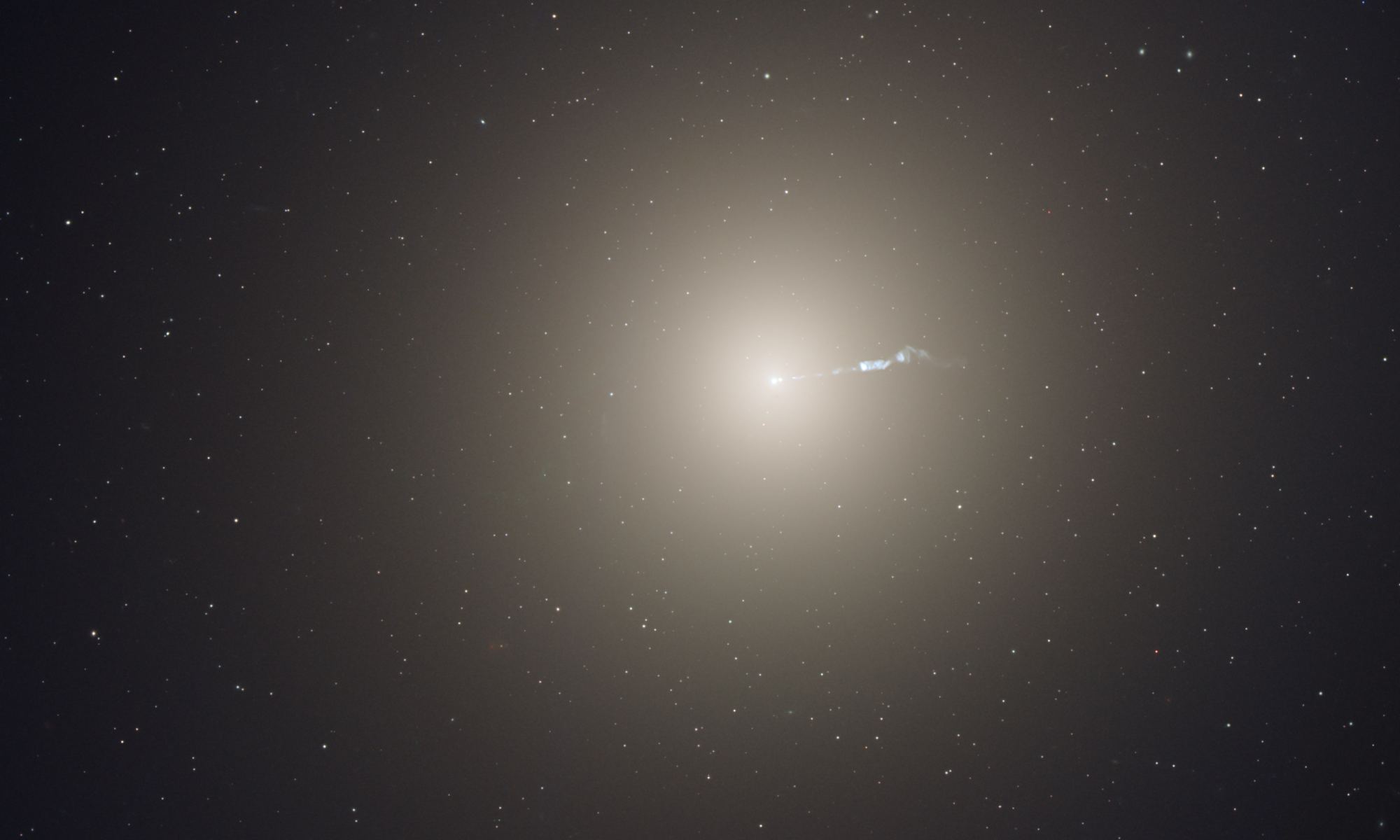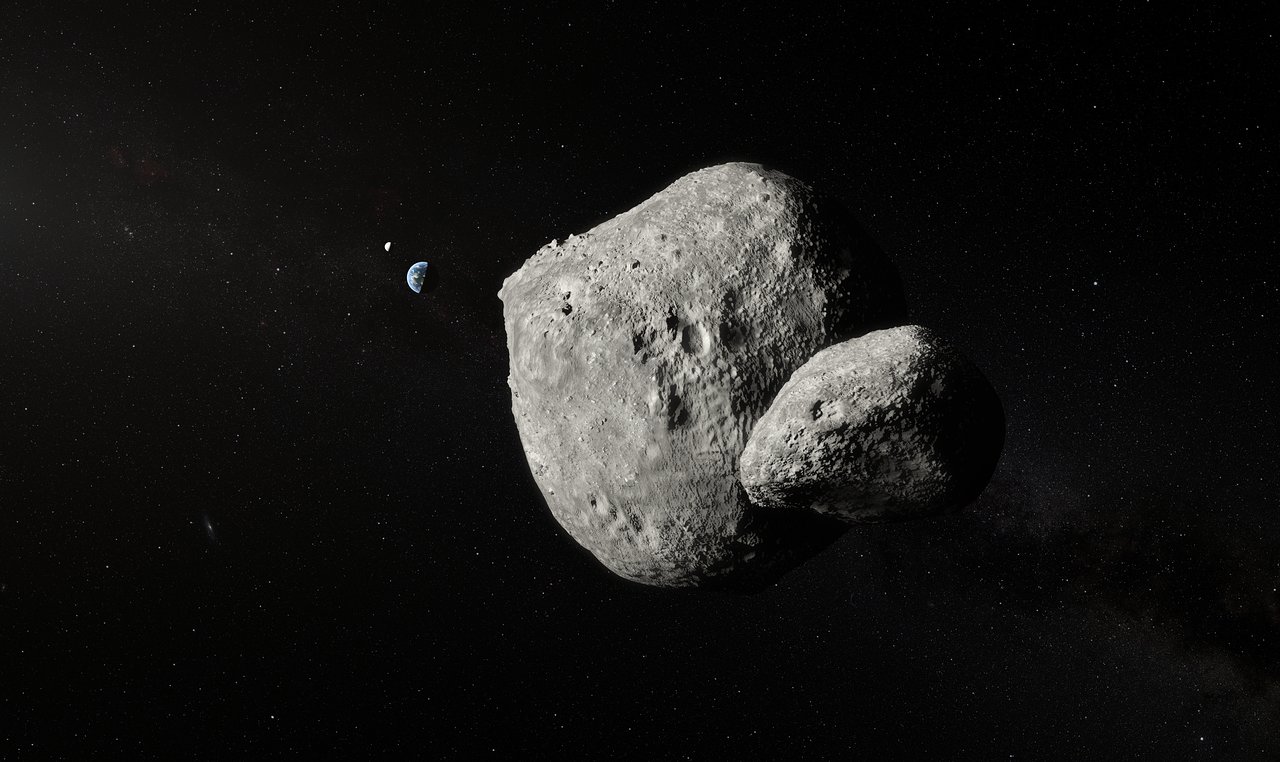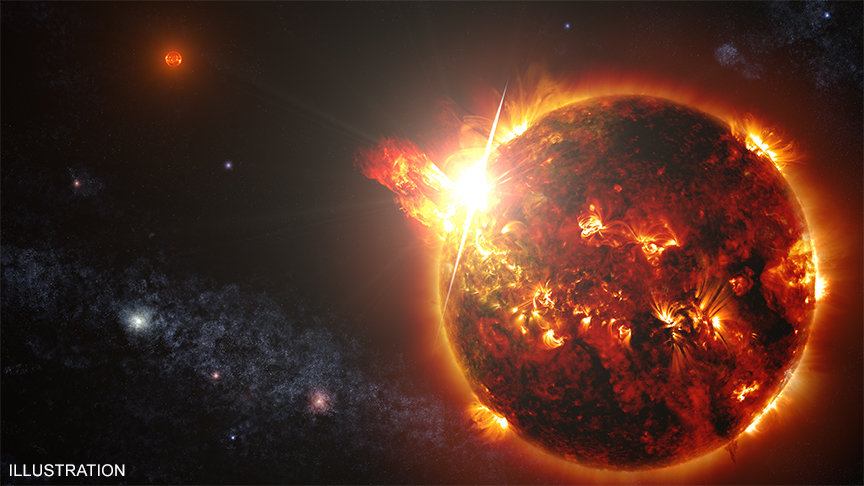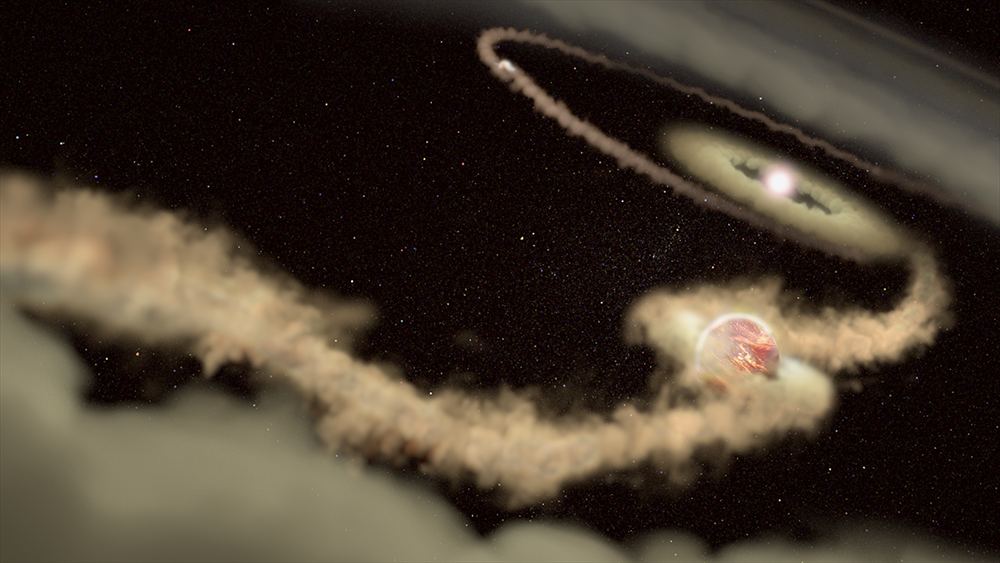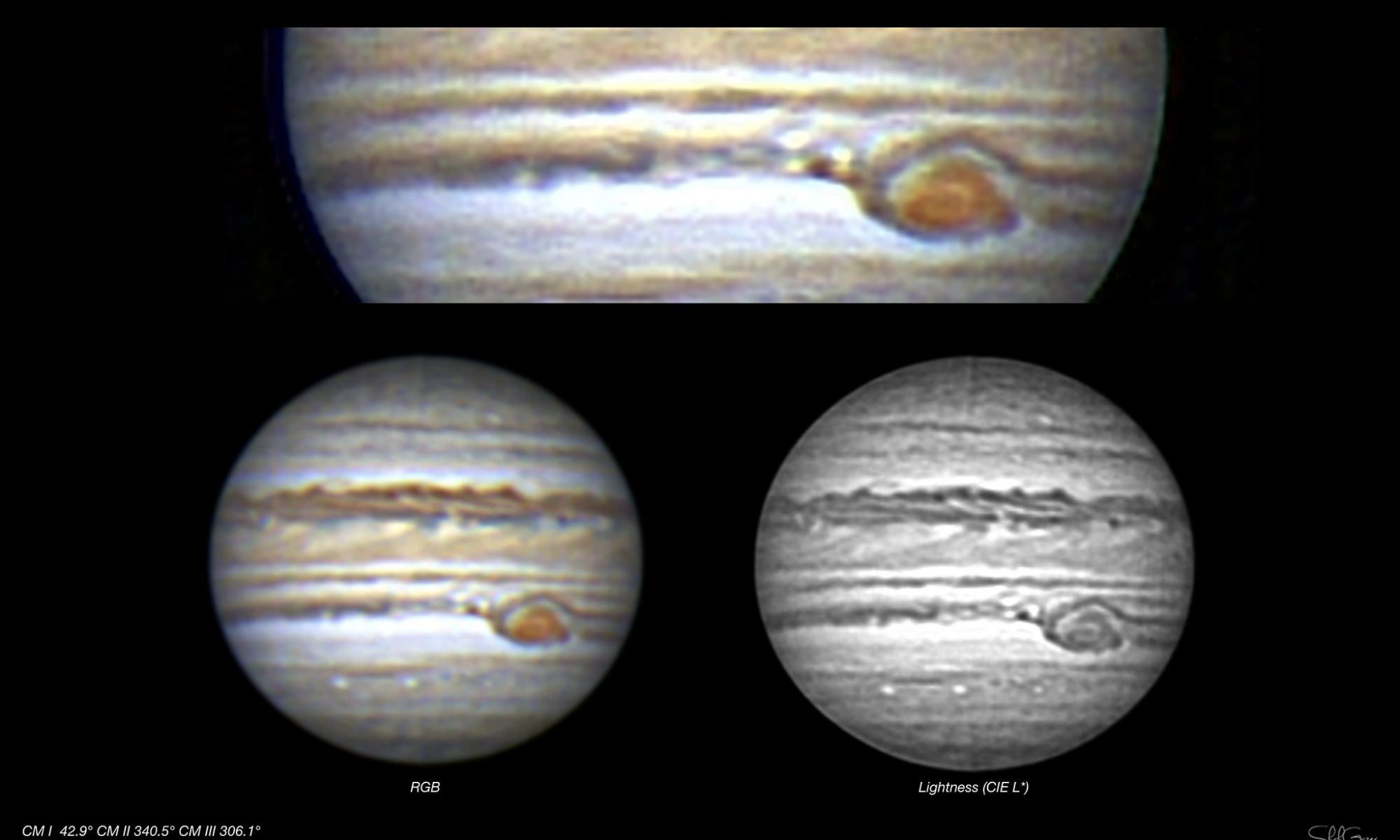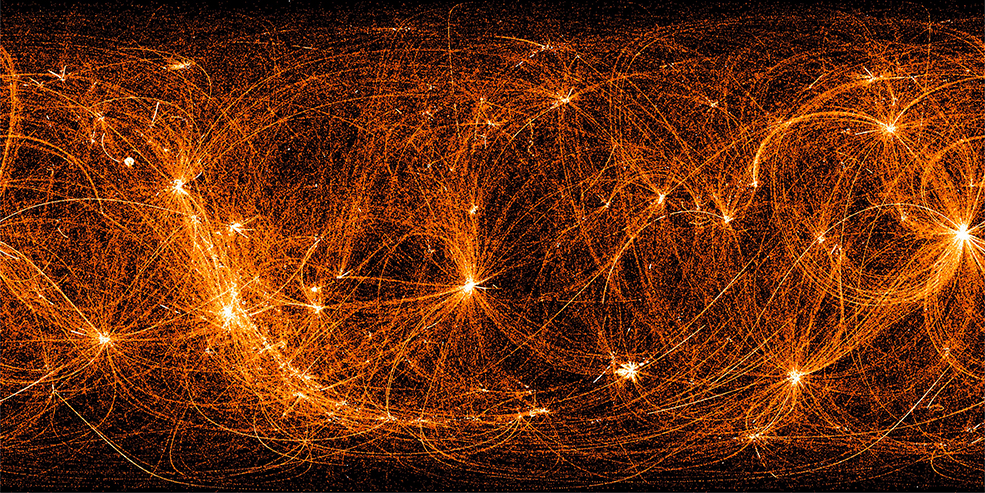Welcome back to Messier Monday! Today, we continue in our tribute to our dear friend, Tammy Plotner, by looking at the supergiant elliptical galaxy known as Messier 87 (aka. Virgo A)!
During the 18th century, famed French astronomer Charles Messier noticed the presence of several “nebulous objects” while surveying the night sky. Originally mistaking these objects for comets, he began to catalog them so that others would not make the same mistake. Today, the resulting list (known as the Messier Catalog) includes over 100 objects and is one of the most influential catalogs of Deep Space Objects.
One of these objects is the supergiant galaxy Messier 87, also known as the Virgo A (or the Smoking Gun) galaxies. Located at a distance of about 53.5 million light years from Earth, this galaxy is home to several trillion stars, 15,000 globular clusters, and a supermassive black hole. It is one of the brightest galaxies in the northern part of the Virgo Cluster, second only to Messier 49, and the dominant member of that group.
Continue reading “Messier 87 – the Virgo A Supergiant Galaxy”


